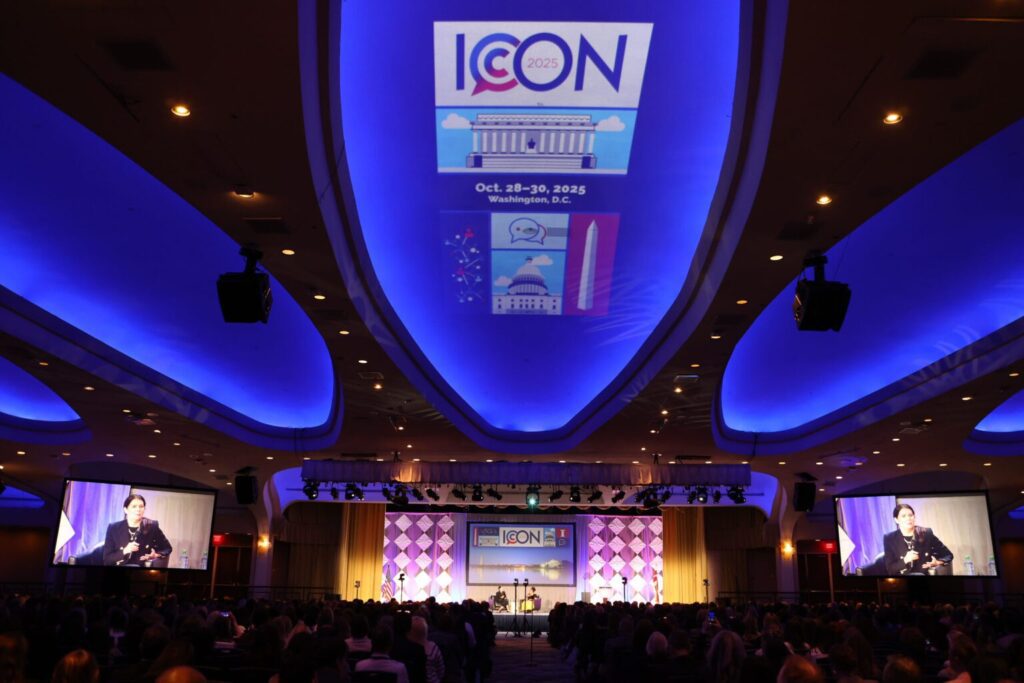IN “On Moral Fiction,” author John Gardner claimed that there were two ways to establish your creativity: You could do something better-give it a twist or a spin-or you could do something new. In other words, refresh tradition or break new ground.
Gardner, whose novel “Grendel” is often required reading for high school and college students, didn’t restrict himself to questions of high art. Which is just as well, since the two creative packages discussed this month illustrate the pleasures of tradition as well as the perils of innovation.
Up in the Air Raytheon Travel Air used direct mail to build customers for its fractional ownership program for companies that need private aircraft but can’t afford to keep them. (Fractional ownership is a kind of time-share, only instead of owning part of one unit, you own a share in a set of units. This way, an airplane is available to fractional owners when they need one.)
Almost 150,000 pieces were mailed in a series of drops this past spring. Raytheon targeted businesses of $20 million or more that were known to regularly charter planes.
Each package included a four-color brochure with three brightly colored tropical birds on the cover and a form to complete and fax back to Raytheon.
The composite picture of a kiwi, a parrot and a toucan is captioned “One fractional ownership company offers a more complete product line.” Inside, there’s a picture of three airplanes-a King Air B200 turboprop, a Beechjet and a Hawker 800XP. The headline reads “Pick your bird,” while the rest of the copy explains the service.
According to the agency, Bailey Lauerman & Associates, Lincoln, NE, birds were used to be different. Airplanes are usually sold with pictures of airplanes.
“We wanted to fly in under the radar and capture their curiosity with the cover,” says Carter Weitz, vice president and creative director at Bailey Lauerman.
A second piece does feature a picture of airplanes on the front. About the size of a business card, the brochure was placed in the cabins of chartered planes flying out of some 12 or 15 airports around the country.
The campaign has been successful, Weitz claims. It turns out Raytheon Aircraft, of which Raytheon Travel Air is a subsidiary, is quite devoted to the medium of direct marketing, using it to sell its aircraft and its service centers as well.
Good enough. However, despite the agency’s claims to be different, birds have been a symbol of flight throughout some 7,000 years of Western European civilization. It’s traditional imagery dressed up with panache and a pun or two.
(We should note the agency even referred to the bird mailings as “flights.” Frankly, we’re just thankful they didn’t use the term “drop.”)
But the birds stand out and attract attention, whether the symbol is new or old, and proves you don’t have to go dimensional to cut through the clutter of a busy executive’s mail.
Loaded Idea So much for tradition. Let’s look at innovation. Catalina Marketing Network is trying to build its targeting sampling program. In addition to the usual marketing ploys, Catalina has targeted members of the media with a dimensional.
The dimensional comes in a blue cardboard box on which “Most Sample Programs Come Close to Reaching the Right Consumers” is printed in white. Inside, nestled in styrofoam, is a yellow plastic horseshoe and a blue plastic hand grenade. The headline reads “Unfortunately, Close Only Counts With Two Products.” It’s an all-too-innovative play on “Close only counts in horseshoes and hand grenades.”
Unfortunately, because of the state of the world today, the hand grenade brings to mind many things, none of which relate to sales pitches for targeted sampling programs.
The hand grenade brings to mind children finding guns and taking them to schools and shooting anyone who moves. The hand grenade brings to mind an international accord banning land mines that the United States refused to sign. The hand grenade brings to mind bombs being sent through the mail by terrorists of many different stripes.
Mitch Leff, who signed the cover letter for the package, stands by his company’s campaign. He indicates he didn’t see anything wrong with the use of a toy hand grenade (which turns out to be a water pistol: squeeze the lever and water squirts out the top).
In other words, he is claiming Catalina was not going after shock value here. Whether that is what they achieved is not for us to decide.
But Catalina did realize one objective of all DM campaigns-it attracted attention. The hand grenade is different. But because it’s so politically loaded, it draws attention away from the service being proffered.
As Eric Ambler once said, ingenuity is no substitute for intelligence. The horseshoe alone would have made the point, and made it better, without the distraction of a toy killing machine.



